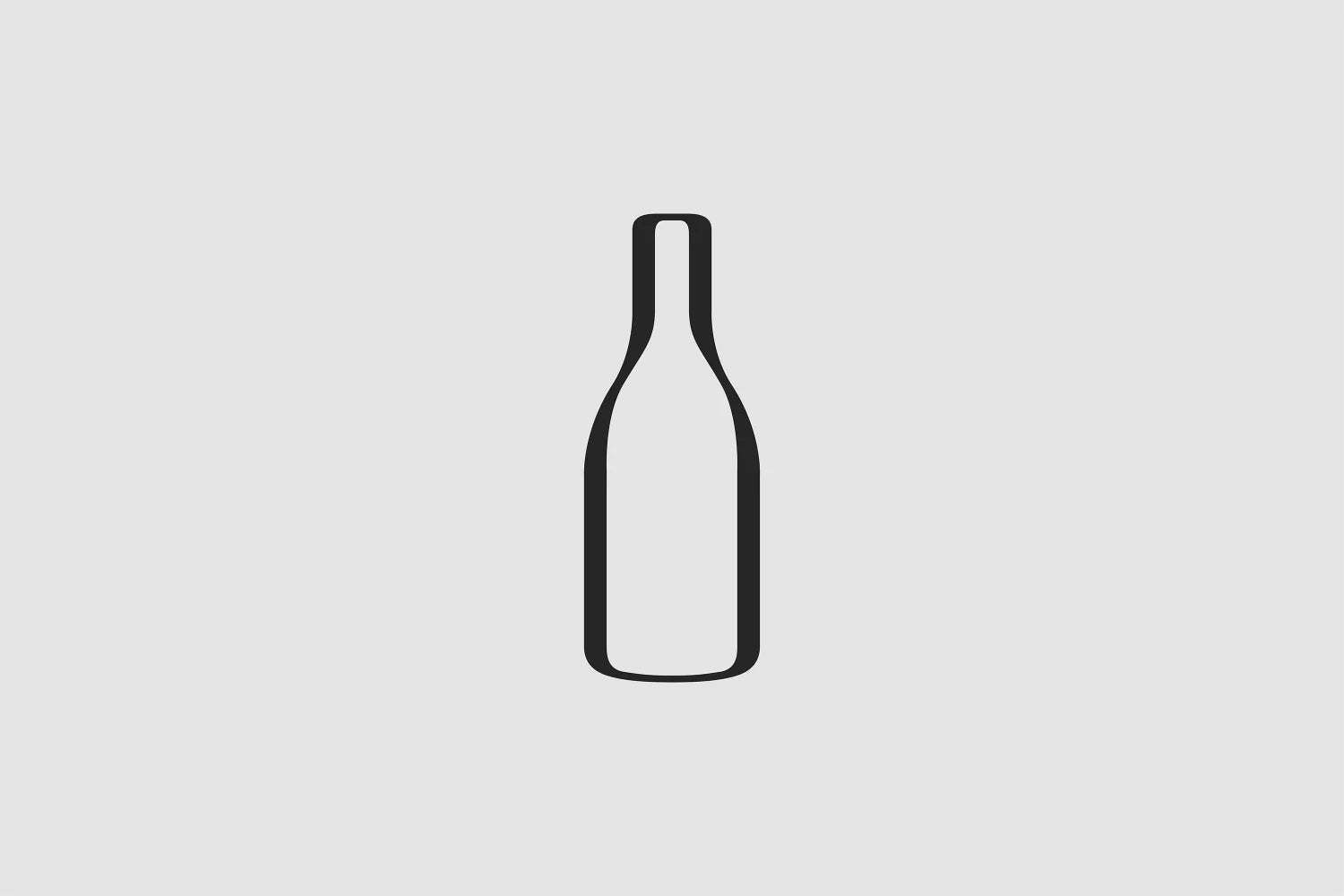Domaine Dumien-Serrette is a beacon of traditional, small-scale Cornas: Everything from the acreage to the cave to the proprietors themselves is diminutive—except the wine, which positively towers above the competition with its intoxicating flavors, brooding depth, and meticulous craftsmanship. Their “Patou” has become a house favorite of ours here at SommSelect, a luxurious Syrah powerhouse that hypnotizes the drinker into pouring another glass.
Today’s cuvée comes from one of the smaller lieux-dits I’ve seen. “Patou” measures 1.5 hectares, a play on the French words pas and tout meaning, “not all” or “not much.” While it might not be much in size, this postage stamp of a vineyard packs a lot of character, bursting with granitic, smoky splendor and indulgent black-currant-and-forest-floor flavors so typical of fine Cornas. Most beguiling of all are the floral essences that distinguish Dumien-Serrette from its more conventional neighbors, a bouquet so persistent and recognizable that little “Patou” has become an indisputable sensation around here. And finally, because Cornas’ Syrahs still grow in the shadow of their Hermitage and Côte-Rôtie counterparts, this bottle is perfect for collectors who want wines that outperform their price tags. Whether you indulge in “Patou” next week or in ten years, I expect you’ll draw the same conclusion we did: this wine is all that, and more.
In an appellation defined by its painfully limited production (only 125 hectares of vineyard total!), Domaine Dumien-Serrette is still considered tiny. This darling of Cornas was only founded in 1983, despite the fact that previous generations of the Dumien family had sold their precious fruit to the larger producers upriver for decades—Delas, Jaboulet, Chapoutier. Gilbert Serrette put his foot down in the early ‘80s, deciding to try his hand at crafting Cornas to match his formidable spirit—an inky, concentrated, beauty eked out from 70-100-year-old vines planted directly onto decomposed granite.
Today, Nicolas Serrette has picked up where his father Gilbert left off. Both Serrette men are small, sturdy, and energetic as if they’ve assumed the qualities of their beloved vineyards. Or is it the other way around? It would only make sense, considering how much time they’ve invested in their vineyard. ‘Patou’ could easily be farmed in someone’s sprawling backyard and indeed, Nicolas’ approach is more like gardening than it is viticulture. He tends ‘Patou’ according to organic principles, but sees no need to shell out for expensive certification. Dumien-Serrette’s only law is their own, measured by the health of their grapes and the quality of their wines. All the vineyard work is done by hand, and Gilbert even invented a special little cart to pull him slowly up the steep rows while they work.
The cave is no less rustic. Tiny and slightly chaotic, it’s tucked in the lee of Cornas’ exceptionally large church spire. There, Nicolas’ use of foot crushing and a manual press underline the traditional inclination of his domaine, but the unparalleled attention to detail that connects every step of the winemaking process is modern enough. The 2018 “Patou” was aged for approximately one year in older French oak barrels—generally between two and seven years of age—before bottling unfined and unfiltered. It all combines to produce one of the finest $75-and-under Cornas’ possible, a “must try” for any lover of the northern Rhône.
This is an inky, bottomless Syrah, almost entirely opaque and winking with profound black and purple glimmers. It’s surprisingly perfumed for such a dense and powerful wine— those old vines manage to wrestle miraculously floral notes of anise and purple rose from the granite. In terrific defiance of its name, “Patou” hits the palate like a freight train full of currant and blackberry jam, tinged with aromas of fresh-crushed pine-needles. Notes of grilled meat, bitter cacao, kirsch, candied violet, and wild herbs blend to form a potent crescendo of savory versus sweet on the palate. Thankfully, the 2018 has enough nerve and electricity to maintain balance despite a hefty dose of fine tannin and enough flavor to knock every thought out of your head except, “wow.” I strongly recommend a half-hour decant and a hearty meal to do justice to “Patou’s” imposing personality. Try these lamb and fig skewers and don’t forget what I said about being priced for collection...this is just starting to pick up steam.






